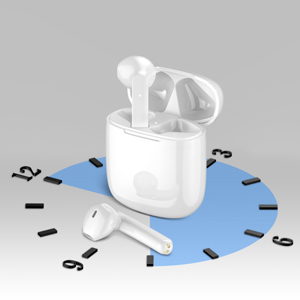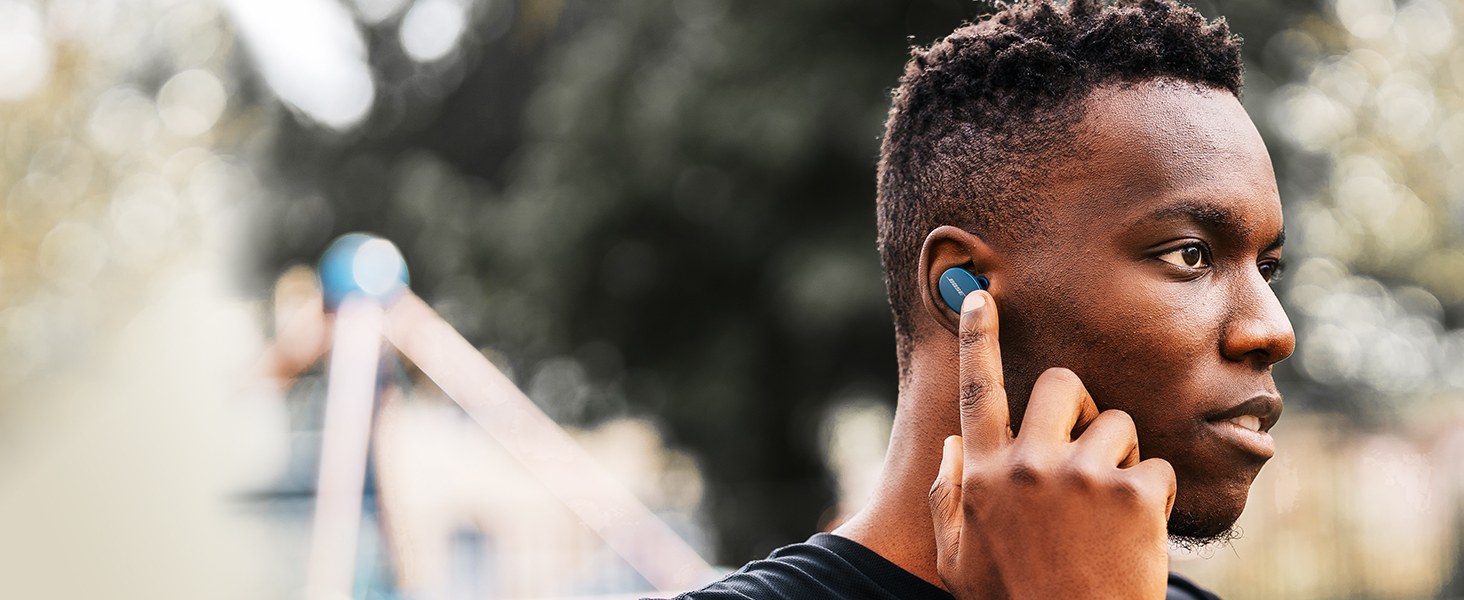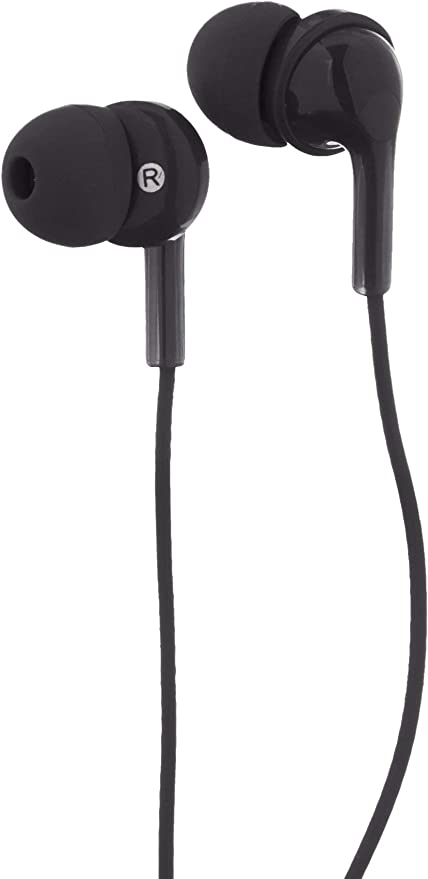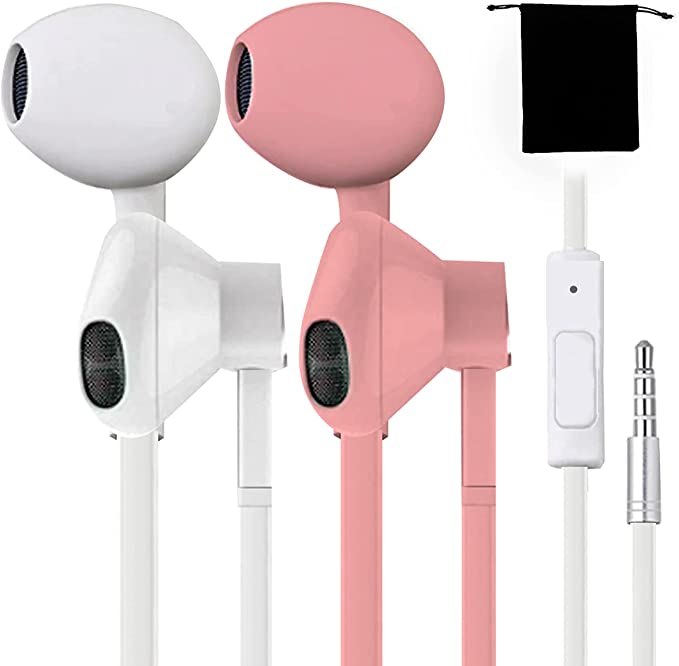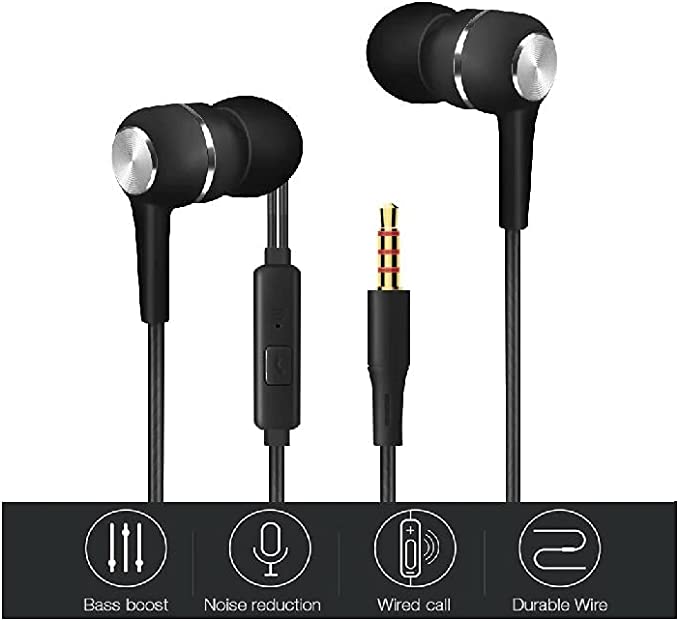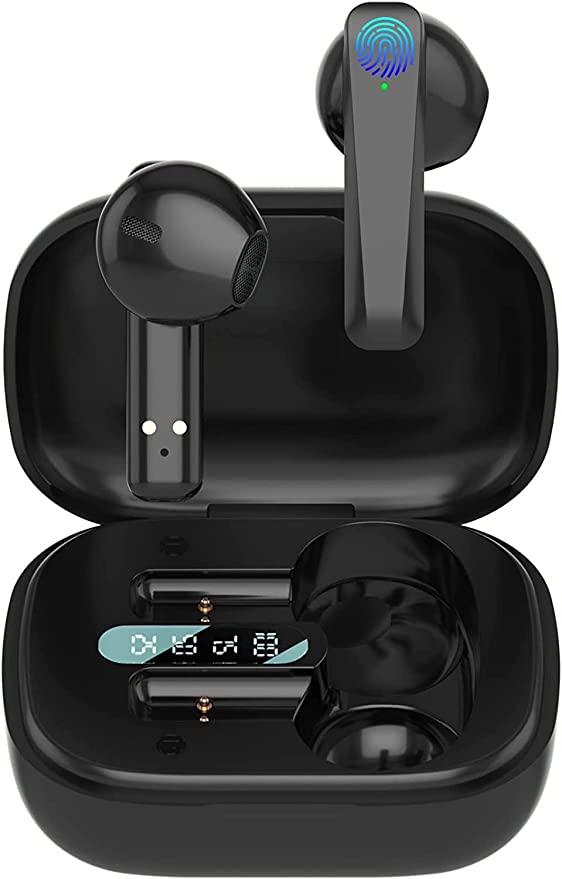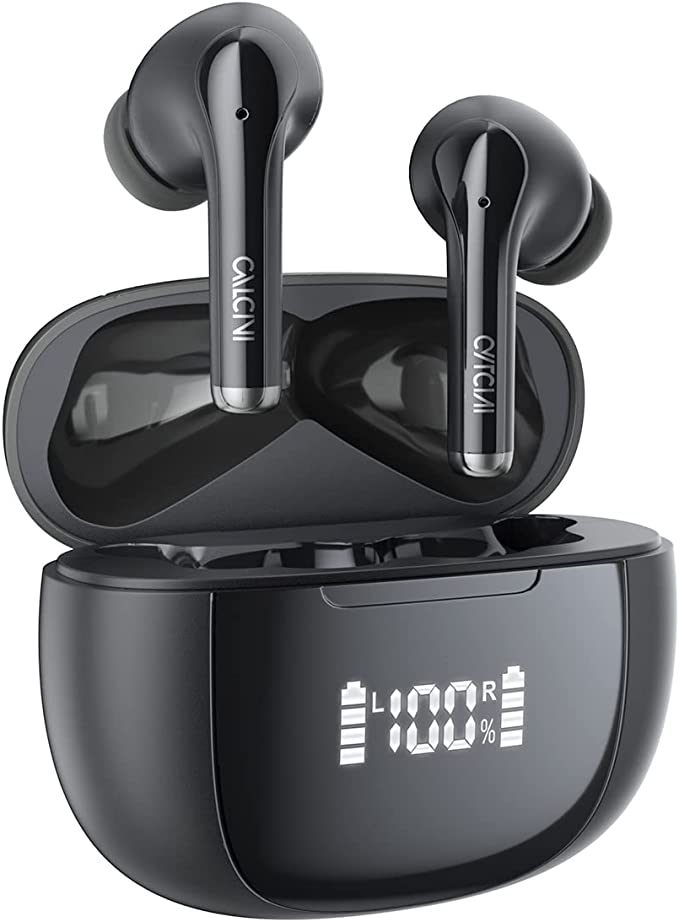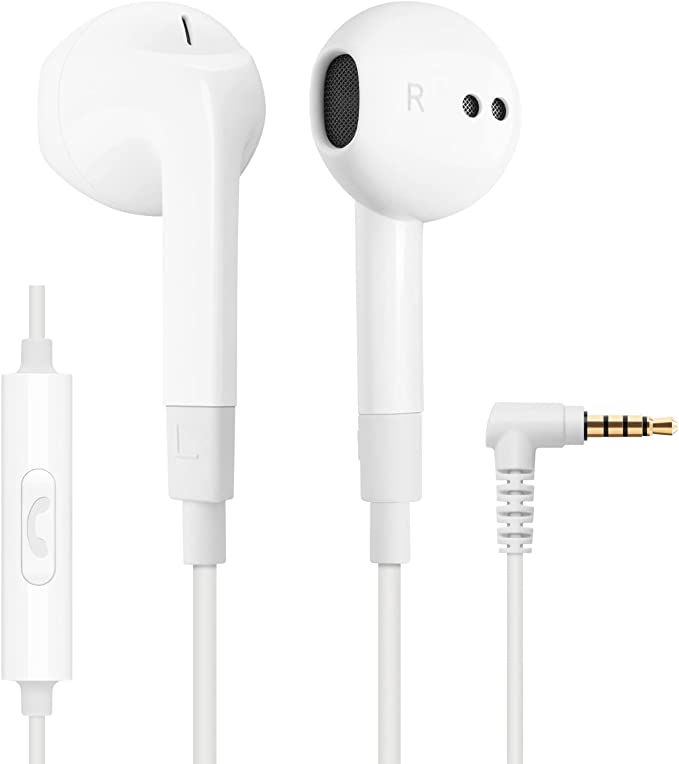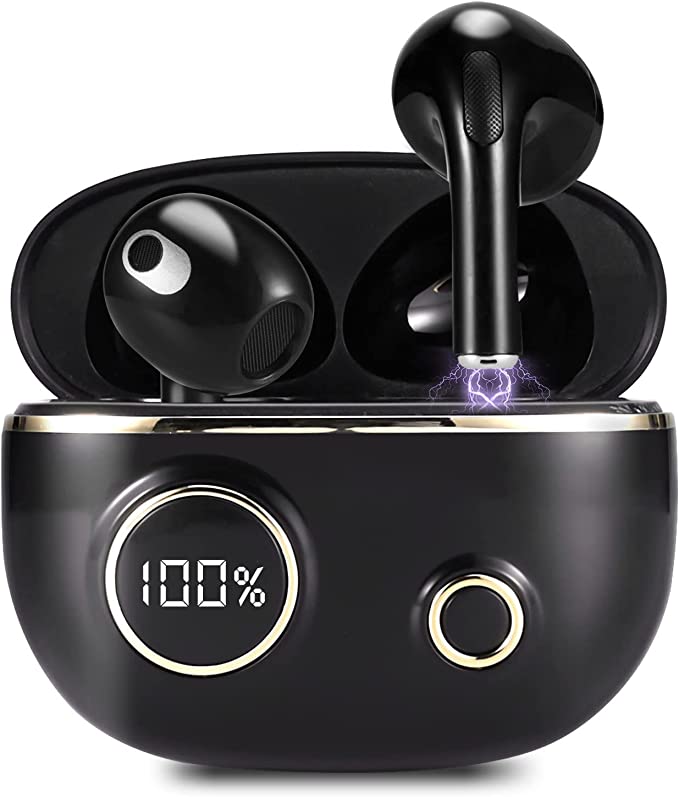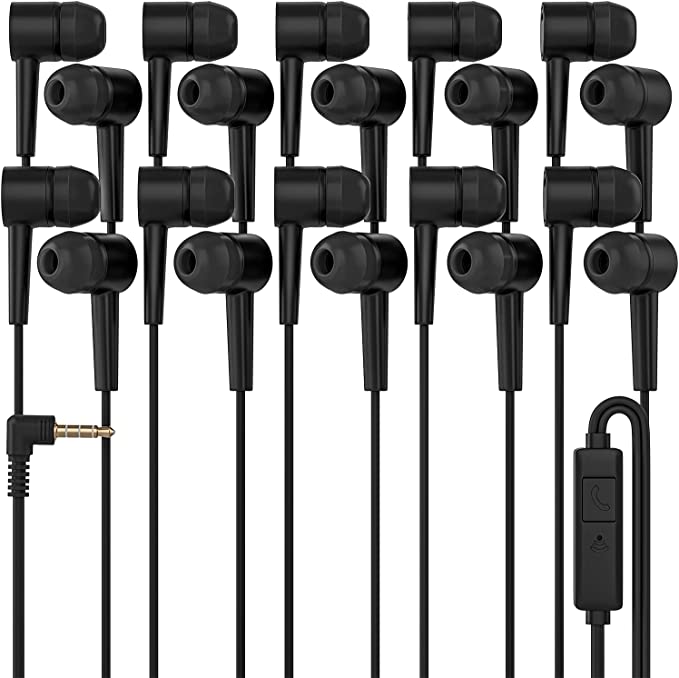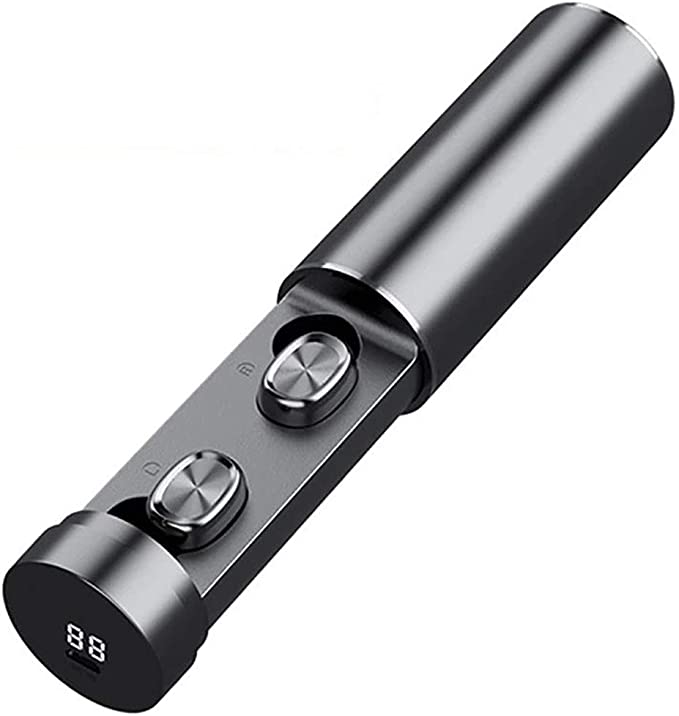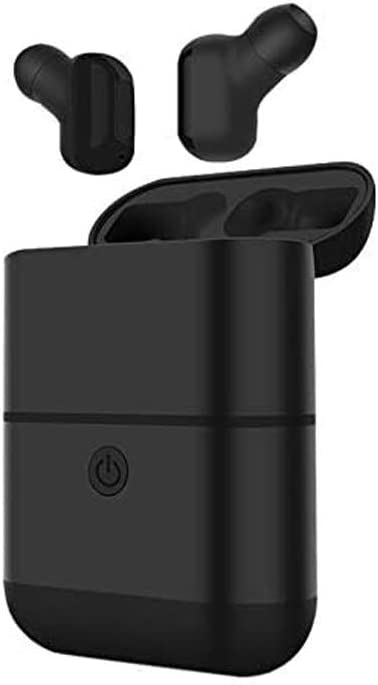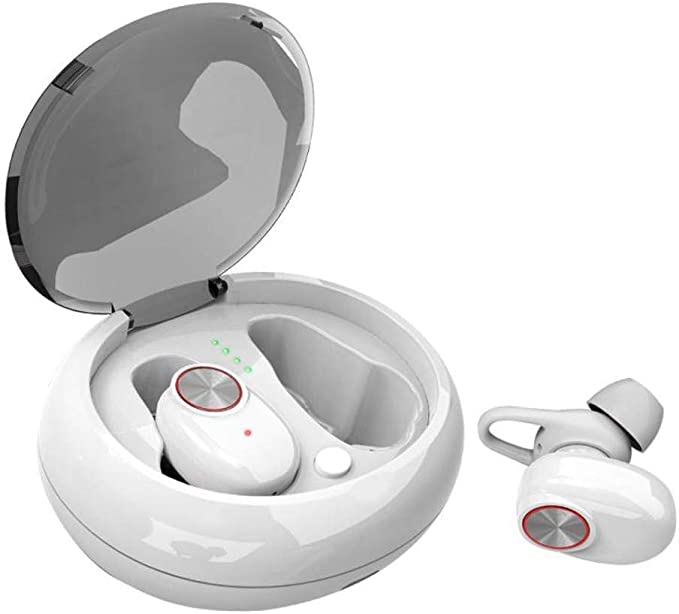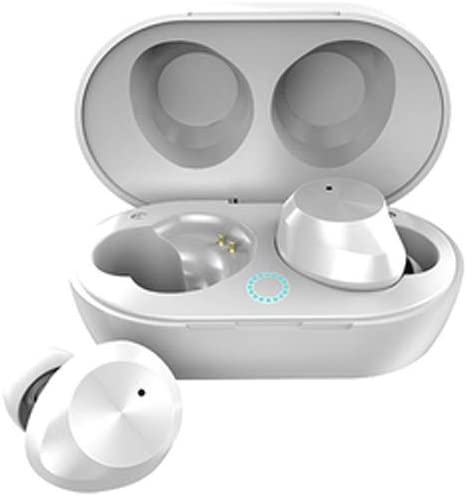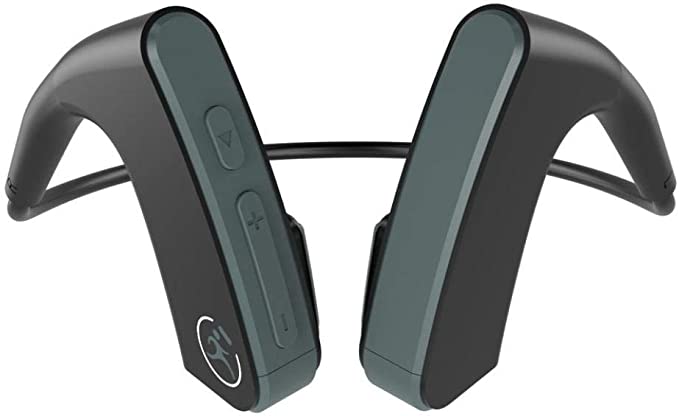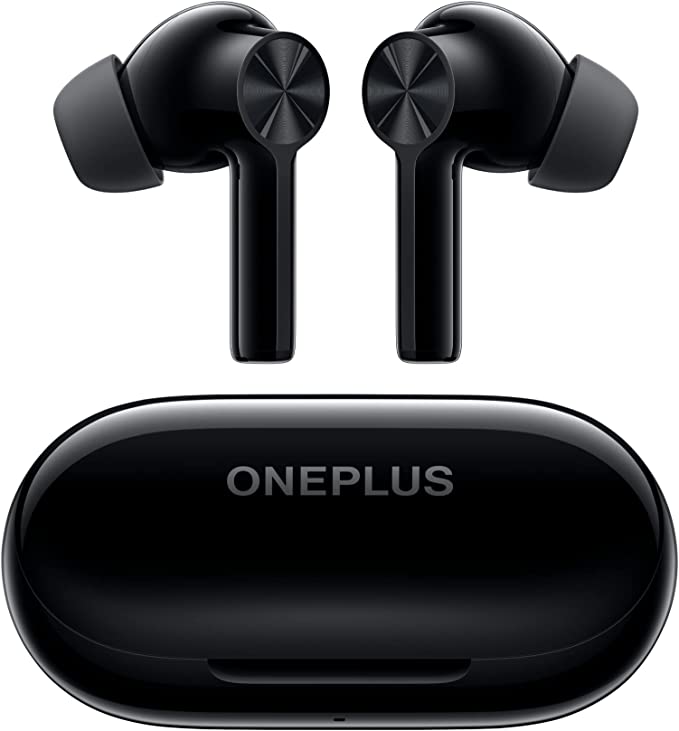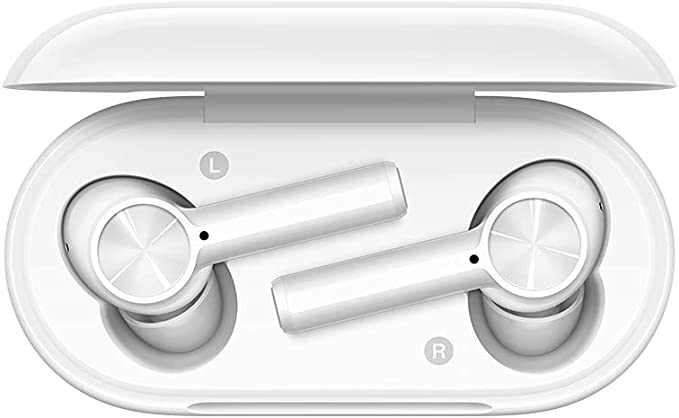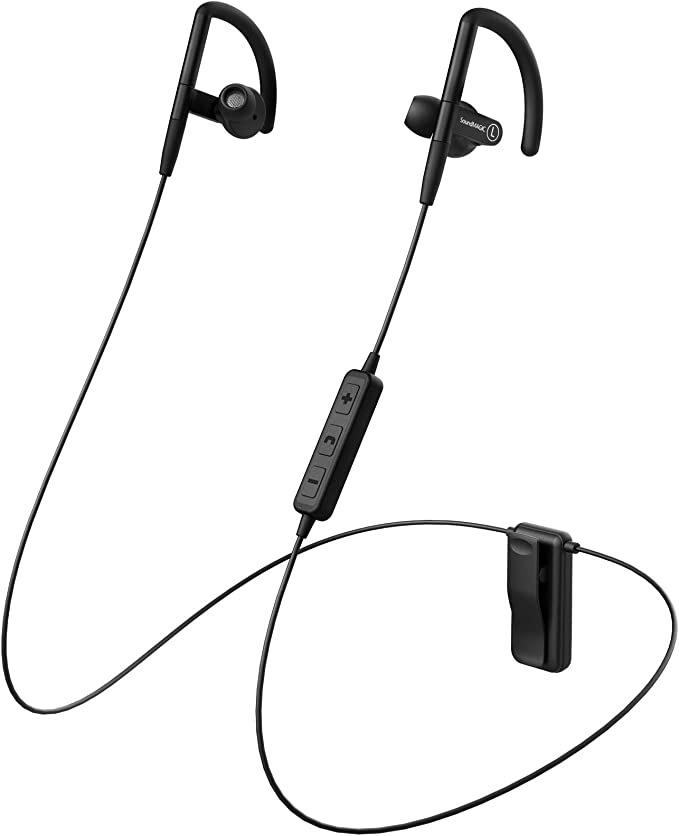Manybuy FBI-1 Earbud: Discreet Sound with Air Tube Technology
Update on Feb. 19, 2025, 6:37 a.m.
Imagine this: you’re finally out for that long-awaited weekend run. The sun is shining, a gentle breeze cools your skin, and your favorite podcast is keeping you company. You want to lose yourself in the rhythm of your feet and the flow of the narrative, but… you also need to hear that approaching car, the cyclist’s bell, or the friendly “hello” from a fellow runner. This is the modern dilemma: how do we enjoy the immersive world of audio while staying safely connected to the world around us? Traditional earbuds, while excellent at delivering sound, can sometimes create a bubble of isolation that, while enjoyable in some settings, can be risky in others. And, perhaps even more importantly, prolonged exposure to loud sounds directly in the ear canal can raise concerns about long-term hearing health.

Sound: A Wave of Wonder
Before we explore a solution, let’s take a moment to appreciate the wonder of sound itself. At its core, sound is simply vibration. Imagine striking a tuning fork. It vibrates rapidly, creating pressure waves that travel through the air. These waves are like ripples spreading across a pond after you toss in a pebble. Just as the water molecules move up and down, air molecules bunch together and spread apart, carrying the energy of the vibration outwards.
These vibrations have two key characteristics: frequency and amplitude. Frequency refers to how many times the wave cycles per second, measured in Hertz (Hz). A higher frequency means a higher-pitched sound, like a bird’s chirp. Amplitude, on the other hand, refers to the intensity of the vibration – how much the air molecules are displaced. A larger amplitude means a louder sound, like a roaring engine. And just like water, sound can travel through different media, not just air. It can move through solids (like the walls of your house) and liquids (think of whale songs underwater). The speed and efficiency with which it travels depend on the density and elasticity of the medium.

Your Ear: A Masterpiece of Engineering
Our ears are incredibly sophisticated instruments designed to capture these invisible waves of vibration and transform them into the sounds we perceive. The process begins with the outer ear, the visible part that funnels sound waves into the ear canal. These waves then reach the eardrum, a thin membrane that vibrates in response, much like the head of a drum.
These vibrations are then passed on to the middle ear, a tiny air-filled cavity containing three of the smallest bones in the human body: the malleus (hammer), incus (anvil), and stapes (stirrup). These bones act as a lever system, amplifying the vibrations and transmitting them to the inner ear.
The inner ear houses the cochlea, a snail-shaped, fluid-filled structure lined with thousands of tiny hair cells. As the amplified vibrations from the middle ear reach the cochlea, they cause the fluid to move, bending these delicate hair cells. This bending triggers electrical signals that travel along the auditory nerve to the brain, where they are finally interpreted as sound.
It’s a remarkable chain of events, but it’s also a delicate one. The intensity of sound is measured in decibels (dB), and more specifically, as Sound Pressure Level (SPL). Prolonged exposure to high SPL, especially directly in the ear canal, can damage those tiny hair cells in the cochlea. Once damaged, they don’t regenerate, leading to potential hearing loss or tinnitus (ringing in the ears).
A Doctor’s Tool, a Century Ago: The Stethoscope’s Secret
In 1816, a French physician named René Laennec faced a dilemma. He needed to listen to the heart and lungs of a patient, but placing his ear directly on the patient’s chest felt uncomfortable and, in some cases, inappropriate. Inspired by children he had observed playing with long, hollow wooden tubes, he rolled up a sheet of paper, placed one end on the patient’s chest and the other to his ear. To his surprise, he could hear the heartbeats much more clearly than he expected.
This simple act led to the invention of the stethoscope, a crucial tool for medical diagnosis that’s still used today. The stethoscope’s genius lies in its use of an air-filled tube. The sound waves from the patient’s body travel through this tube, and the confined space helps to maintain the sound’s intensity and clarity, delivering it directly to the doctor’s ear. The tube doesn’t “amplify” in the electronic sense; it’s more about efficient transmission and a degree of acoustic impedance matching, helping to channel the sound energy.

Air Tubes Reimagined: A Modern Approach to Sound Delivery
Air tube earbuds take this centuries-old principle and apply it to personal audio. Instead of placing a speaker directly inside your ear canal, these earbuds use a small speaker located further away from the eardrum. This speaker generates sound waves, which then travel through a hollow, flexible air tube, similar to a miniature stethoscope, before reaching your ear.
This seemingly simple change has a significant impact. By increasing the distance between the sound source and your eardrum, the air tube reduces the direct sound pressure level (SPL) reaching your inner ear. It’s like moving further away from a loudspeaker at a concert – the sound is still audible, but it’s less intense. The air column inside the tube acts as a buffer, dissipating some of the sound energy before it reaches your delicate hearing mechanisms.
It’s important to note that this design often results in a lower overall volume compared to traditional earbuds that seal directly into the ear canal. This is a deliberate trade-off. Air tube earbuds prioritize hearing health and situational awareness over maximum volume. They are designed for situations where you want to hear your surroundings, not block them out completely.
Hearing the World, One Ear at a Time:
This brings us to another key feature of many air tube earbuds, including the Manybuy FBI-1: the single-ear design. While stereo sound is great for immersive listening experiences, it can also isolate you from your environment. A single-ear earbud leaves one ear open, allowing you to hear ambient sounds – traffic, conversations, announcements – while still enjoying your audio.
This is particularly valuable in a variety of scenarios:
- Office Work: Listen to music or podcasts while remaining aware of colleagues approaching or phone calls ringing.
- Commuting: Stay alert to your surroundings while walking, cycling, or using public transportation. Hear important announcements or potential hazards.
- Outdoor Activities: Enjoy your audio during exercise while maintaining awareness of traffic, other people, and wildlife.
- Customer service: Take the calls and keep connecting to others.
This contrasts sharply with noise-canceling headphones, which are designed to block out external sounds. While noise-canceling technology has its place (such as on a noisy airplane), it’s not always the ideal solution, especially when safety and situational awareness are paramount. Air tube, single ear earbuds offers another solution for audio.
Beyond the Basics: A Glimpse into the World of Acoustics
The science of sound extend far beyond. The field of psychoacoustics explores the fascinating relationship between the physical properties of sound and our subjective perception of it. It delves into how we perceive loudness, pitch, and timbre, and how factors like masking (one sound obscuring another) affect our listening experience.
Another branch, architectural acoustics, focuses on how sound behaves in enclosed spaces. Architects and engineers use these principles to design concert halls with optimal reverberation, classrooms that minimize distracting echoes, and homes that provide a peaceful sound environment. The properties of sound reflection, absorption, and diffusion are all carefully considered to create the desired acoustic effect.
Protecting Your Precious Sense
Hearing is a precious sense, and one that we often take for granted until it starts to decline. Protecting your hearing should be a priority, and it’s surprisingly simple to do. Avoid prolonged exposure to loud noises, and when you can’t avoid it, use hearing protection (earplugs or earmuffs). Be mindful of the volume levels on your personal audio devices, and consider using technologies like air tube earbuds that can help reduce the direct sound pressure on your eardrums.
Air tube earbuds, while not a perfect solution for every listening situation, represent a thoughtful approach to sound delivery that prioritizes both audio quality and hearing health. They offer a way to enjoy the benefits of personal audio while remaining connected to the world around us, a balance that’s increasingly important in our busy, sound-filled lives. By understanding the science of sound and the delicate mechanisms of our ears, we can make informed choices about how we listen and protect this vital sense.
